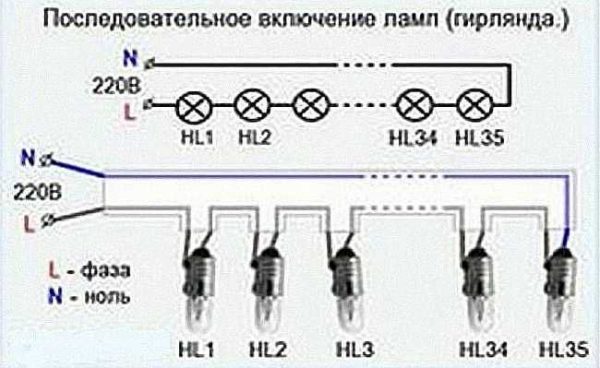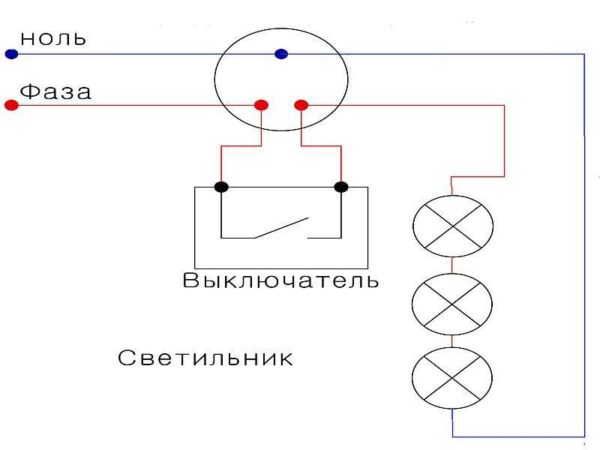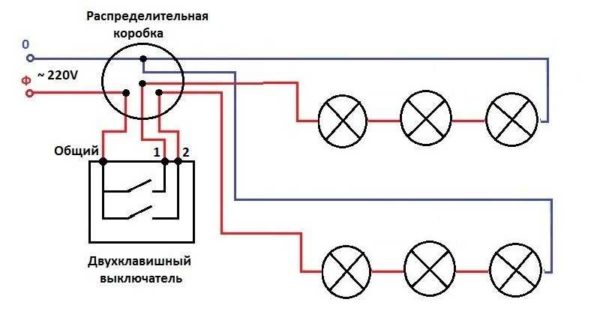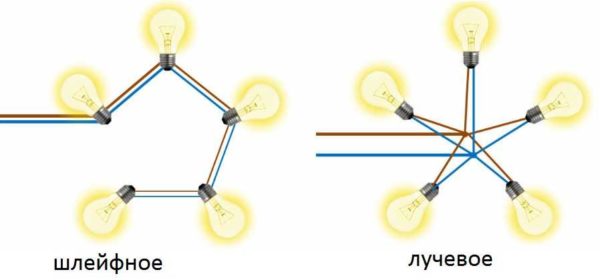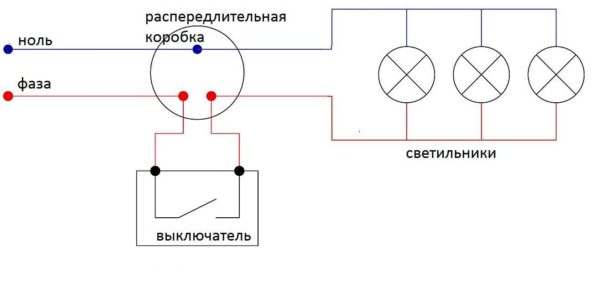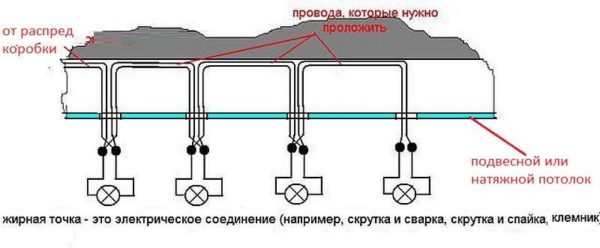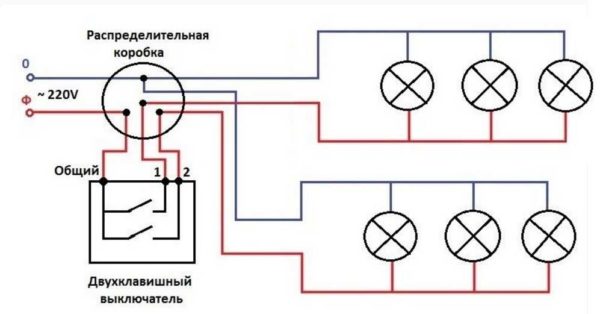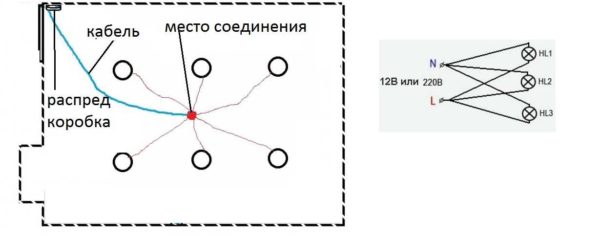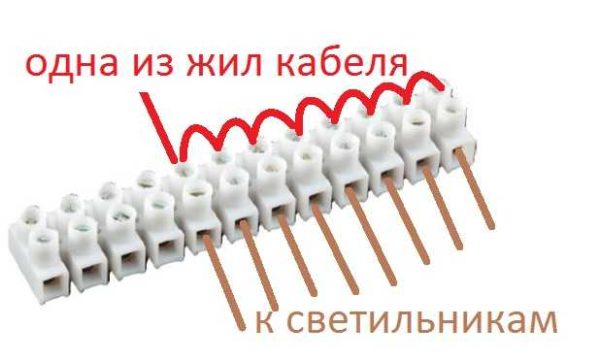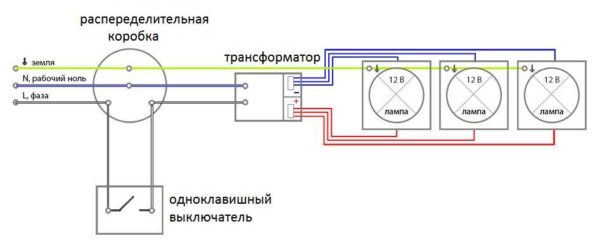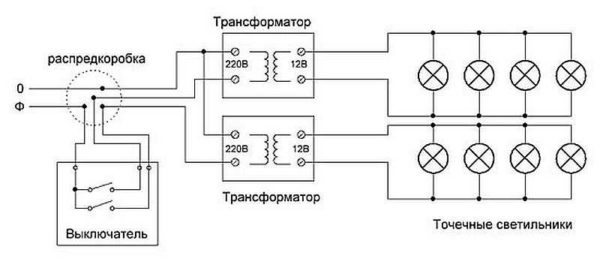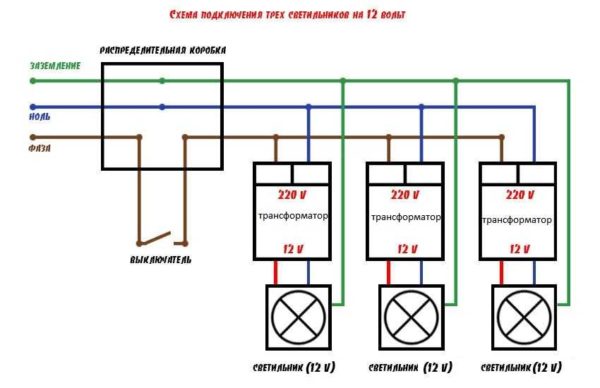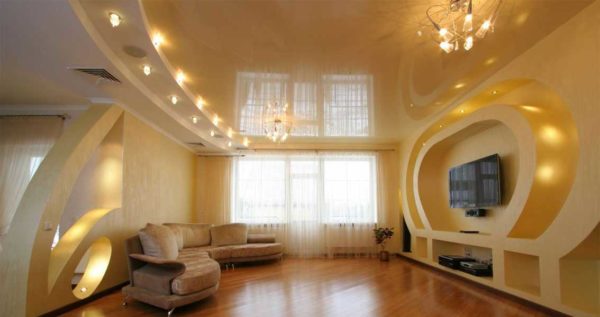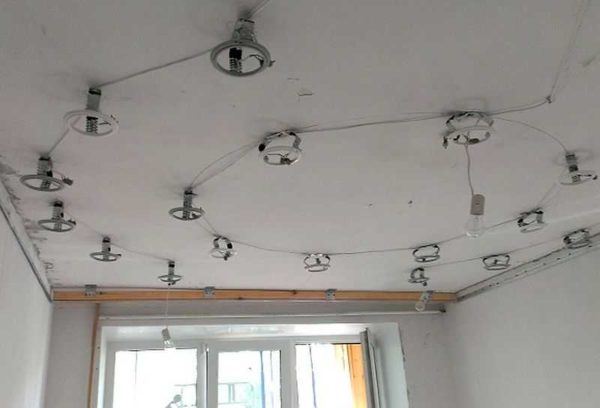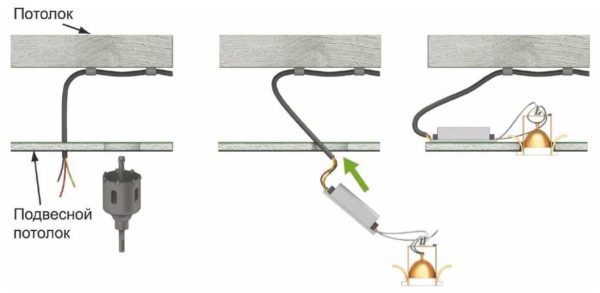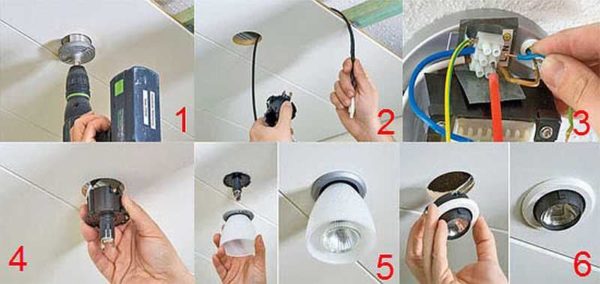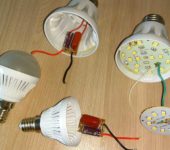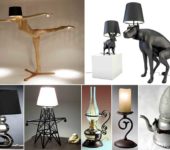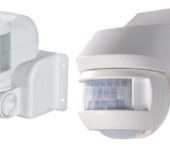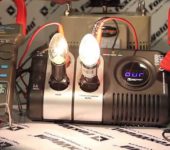Connecting spotlights
Spotlights can operate on a voltage of 220 V or 12 V. Regardless of the voltage, they are connected in parallel (in a loop or with separate wires) or in series (garland). The difference is that the 12V spot power is supplied through a step-down transformer. It converts the mains 220 volts into the required 12 volts. We will talk in more detail about how to connect spotlights to one- and two-key switches.
The content of the article
Connection diagrams for 220 V
Some spotlights operate from 12 V. To supply them with power, you need to install a converter (they also say a transformer or driver). With the development of technology, spots have appeared that can operate from 220 V. Such a scheme is at least a little, but simpler, therefore, recently it is more often required to connect spotlights to the network directly, without converters.
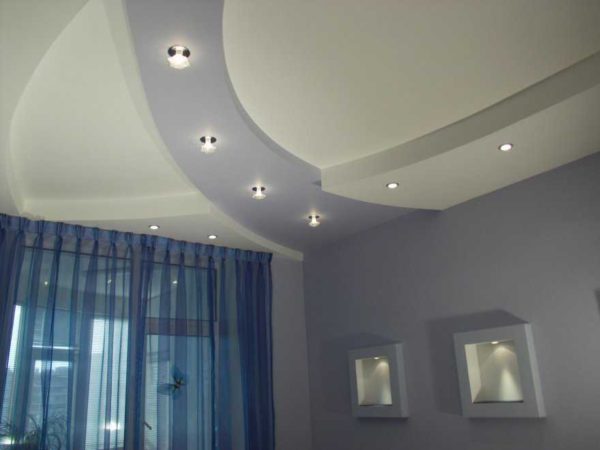
The use of recessed luminaires allows for uniform illumination. You can also choose a beautiful placement of spotlights on the ceiling
Serial connection
This circuit is simple to implement, it requires few wires, but spotlights can only be connected in series in a relatively small amount - five to six pieces. The main disadvantage of this method is that the lamps will not glow at full strength. Another drawback: if one lamp fails (burns out), all lamps stop working, as the circuit breaks. To restore performance, you have to check each one.
The circuit is very simple - the phase sequentially bypasses all lamps, and zero is fed to the output of the latter. The circuit with the junction box and the switch is located below.
When working, be careful: a phase must go to the switch, which then goes to the lamps. Zero (neutral) - is fed directly to the last lamp in the chain. This is important for the correct operation of the circuit and also for safety.
If you have a three-wire wiring - in addition to zero and phase, there is also a protective "ground" wire, it is taken directly from the "earth" block and fed to each of the lamps to the corresponding terminal. You can take the "ground" in a nearby outlet or on the switch.
The practical implementation of this scheme is more convenient not with a cable, but with wires - after all, one wire is constantly broken bypassing all the lamps, and the zero wire goes in a whole piece from the junction box to the last lighting device. But we will repeat once again - this type of connection is almost never used.
Parallel wiring diagrams
When connected in parallel, all lamps will shine at normal intensity, therefore this scheme is more popular even though more wires are required. To connect any number of built-in lamps (even with LED lamps) use a non-flammablecable VVG ng 2 * 1.5 or 3 * 1.5 (three-core wire is used if the wire is grounded). It is possible to use the VVG ng ls cable (non-flammable with reduced smoke emission during combustion), but this is optional. It can be round or flat = this is not important, but non-combustible - a must, especially if you have a wooden floor.
The ways
Parallel connection can be implemented in two ways:
- a pair of wires (beam) goes to each lamp;
- daisy chain connection - when both wires alternately go to the lamps, and are fed further from the output.
Daisy chain connection
Let's consider the schemes. The figure below shows how to lead the wire with the daisy-chain wiring method. A cable comes out of the junction box, it enters the first lamp, another piece of cable is connected to the output of this lamp, which runs to the next lamp. This is how all lamps are connected.
Physically, it looks like the photo below. Several pieces of cable connect the fixtures one after the other.
If you want to divide lighting devices into two groups, they are connected to a two-button switch. The circuit becomes somewhat more complicated, but only because the number of wires increases.
An example of implementation can be seen in the video. You can use other terminals, but the method itself is shown well.
Beam
With a beam connection, each lighting fixture has its own piece of cable. The method is costly in terms of cable consumption, but more reliable in terms of operation: in case of a breakdown, only one lighting point does not light up. In this case, it makes sense to stretch the cable from the junction box along the ceiling to the middle of the room, fix it there. From this point, start pulling cables to each recessed luminaire.
Pay attention to the picture on the right. It shows that wires diverge from the phase wire to the lamps and separately from the zero. Since a lot of wires converge in one place, you need to choose a reliable method. If the wires are single-core and there are not very many lamps, you can twist it, but then it will need to be well squeezed with pliers, and then welded. Not the easiest way and the connection is one-piece. But reliable. The second method is simpler: on each cable conductor, install a connector with the required number of inputs and connect wires to them. You can use Wago terminal blocks for the appropriate number of wires to be connected. They are reliable, easy to install, but they are decent (it's better not to take fakes).
Another option is conventional screw terminal blocks. They are cheap and quite reliable, but you will have to put jumpers on all the terminals involved on the side where you need to connect the cable. This will apply voltage to all wires.
Despite the high reliability, the method is rarely used - the costs are high, and it is problematic to qualitatively connect a large number of wires at one point.
Connecting 12V spotlights
The circuits are exactly the same, but the cable from the switch is fed to the converter, and from the output of the converter it goes to the lamps.
If there are a lot of spotlights, they prefer to connect them to two keys. In this case, you need two transformers (power supply, adapter). The scheme doesn't look much more complicated - there are two branches. If desired, you can find switches for three keys, or you can put several next to it. But, if you need to change the illumination over a wide range, it is better to put a dimmer.
As you understand, the circuits differ only in the presence or absence of a transformer. So it will be easy to implement the rest of the schemes.
Selecting the power of the inverter / transformer
For the lighting to work normally, it is necessary that the driver's power be 15-20% more than all consumers connected to it.For example, you need to choose a step-down transformer to connect 8 spotlights, in which 40 W incandescent lamps will be installed. The total power of all lamps will be 320 watts. A transformer is required for 380-400 watts.
It is clear that the more light sources you connect, the more powerful the converter will be required. But with the increase in power, the price and size of the device grows. In addition, powerful transformers can be difficult to find. And also: it can be difficult to hide a large and heavy box. Therefore, in this case, a large group of lamps is divided, and each one is equipped with its own converter, but with a lower power (how to connect spotlights in this case, you can see in the diagram above).
Installation features
To correctly connect spotlights, you must not only choose the right circuit. It is necessary to observe a certain sequence of actions, which depends on the type of ceiling.
In stretch ceilings
Spotlights are usually installed with suspended or suspended ceilings. If the ceilings are tensioned, all wires are laid in advance. They are fixed to the ceiling without being connected to the power supply, the lamps are placed and fixed on the suspensions, then the wires are connected to them and the operation is checked.
Before installing stretch ceilings, turn off the power, remove the lamps and remove parts that may suffer from temperature. After installation of stretch ceilings holes are cut in the material (the lamps are visible or can be felt), O-rings are installed, and then the lamps are assembled.
In plasterboard ceilings
If the ceiling is made of plasterboard, you can act according to the same scheme, but it is necessary to mount the lamps after the ceiling is putty. That is, to separate the wiring, leave the loose ends of the wiring. In order not to have problems with determining the location of the lighting fixtures, it is necessary to draw a detailed plan indicating the exact distances from the walls and from each other. According to this plan, markings are made and holes are cut out with a drill with a crown of the appropriate size. Since small movements - a few centimeters - may be, when cutting the cable, leave a margin of 15-20 cm.This will be quite enough (but do not forget that the wires are attached to the main ceiling and they should go 7-10 cm beyond the drywall level. If the ends are too long, you can always shorten them, but lengthening is a big problem.
There is a second way to connect spotlights to a plasterboard ceiling. It is used if there are few light sources - four to six pieces. The entire installation of spotlights, along with the wiring, is done after the work with the ceiling is completed. Before starting the installation, the cable / cables from the junction box are inserted above the ceiling level. After finishing work on putty and sanding, markings are made, holes are drilled. A cable is thrown through them, bringing the ends out. After that, the lamps themselves are mounted.
Everything is simple, but this method cannot be called correct: the cables simply lie on drywall, which definitely does not meet fire safety standards. You can still close your eyes to this, if the floor is concrete, the cable is taken non-combustible, the wire cross-section is not small, wire connection done right.
If the floors are wooden, the PUE requires laying in non-combustible all-metal trays (cable ducts) or metal pipes. It is possible to mount such wiring only before starting work on the ceiling. It is very undesirable to violate the installation rules - wood, electricity, heat generation during work ... not the safest combination.

